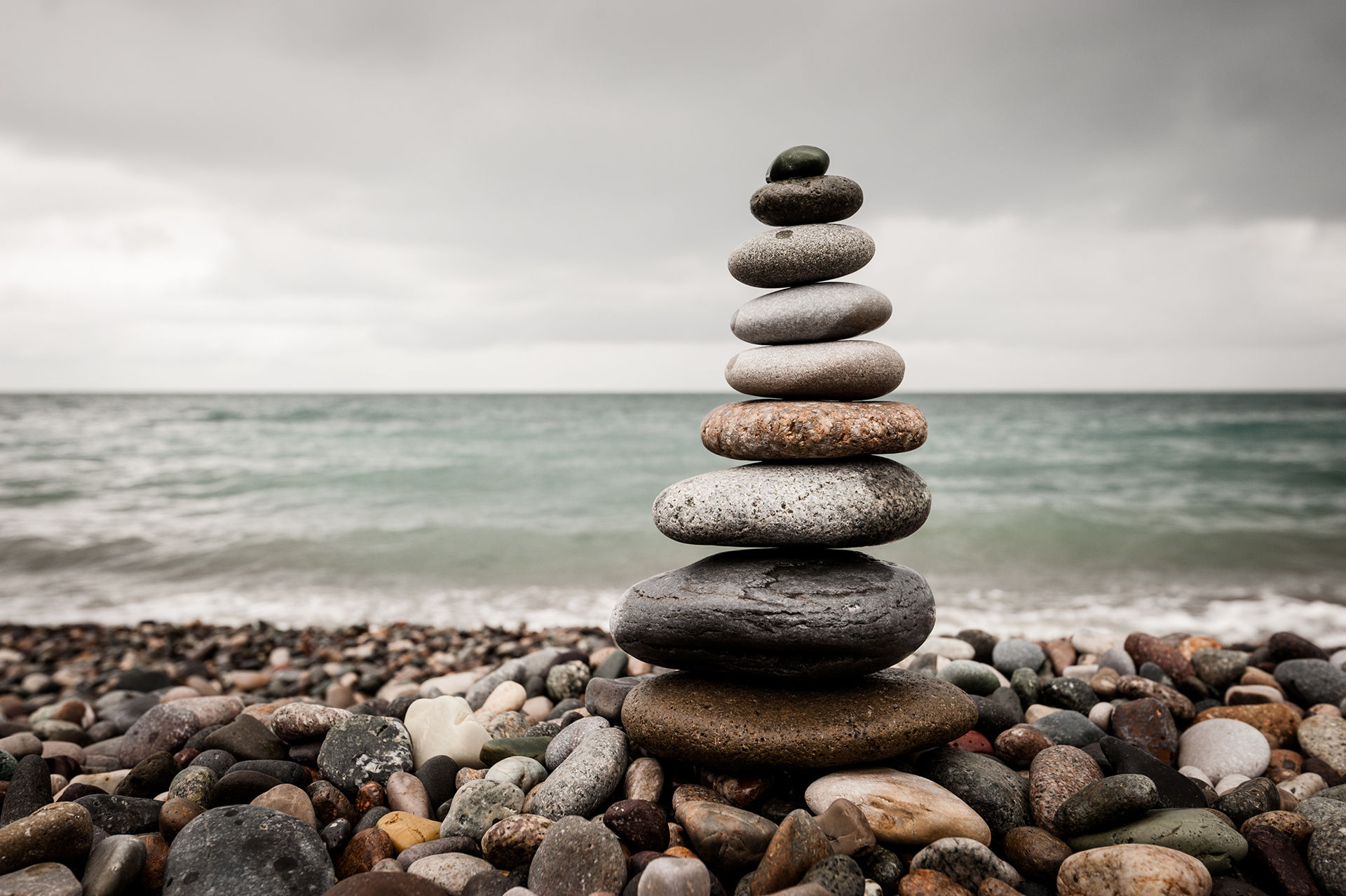Symbolic Life & the Spiritual Path

Modern society has lost the power of symbolic life, though we have not escaped our need of it.
A symbol is a term, a name, or an image that in itself may be familiar to us but which through its connotation and application also points to hidden, vague or unknown meanings. For example, the image of the cross. For Christians a cross means much more than the intersection of two lines. It has wider unconscious aspects, qualities than can never be precisely defined or fully explained. It also has not one but many possible meanings beyond itself. It is in ongoing exploration of these symbols that our minds are led beyond reason and logic to living with paradox. There are indeed innumerable things beyond the range of rational human understanding.
The concept of symbol is nearly as powerful and difficult to define as soul. A clue to understanding is found in the etymology of the words, which are related. The dictionary describes a symbol as a word or image that represents something else by association, 'especially used to evoke the experience of something invisible.' Cymbal means 'to strike together,' like the percussion instrument used in an orchestra made up of two pieces of brass that are clashed together to make a composite sound. The root of the words symbol and cymbal in Greek is sumballein, which means 'to throw together', and we might say that the symbolic process is putting back together that which has been torn apart, that which has been split or set aside.
It is the power of symbols that heals the oppositions of ego consciousness. Words articulate reality into fixed entities but symbols are open-ended. Symbolic language does not primarily differentiate; rather, it fuses things into one another. For example, a flower in a poem opens itself up to diverse possibilities. As the conscious mind explores the symbol, it is led to ideas that lie beyond the grasp of reason. And in, for example, the spiritual practice of Ignatian imaginative prayer or in praying with art we have a tremendous resource of using imaginative symbolism for healing and growth.
The unifying power of symbols is one of the deepest and most powerful secrets of human life. That power is embodied in all of the world's great religious systems, art, poetry, music, science and culture. We have a deep and rich heritage of symbolic life, but in contemporary times something has gone wrong with our relationship to many of the symbols contained within our cultural traditions - please see my article on Spirituality and Religion.
Jung, writing in the 1950's, could see that people in the West were increasingly living without a symbolic life. He wrote, 'Only the symbolic life can express the need of the soul - the daily need of the soul. And because people have no such thing, they can never step out of this awful, grinding, banal life in which they are 'nothing but' '. When it was feasible, Jung would refer clients back to the religion of their up-bringing to help them deal with their problems. He understood the malaise in the soul of modern life, and that the great religious systems have historically provided the images and community to support symbolic sensitivity. Sadly, however, in current times in the West, embedded in rationalism and secularisation, we seem too often to have lost this resource in our religious communities.
Still, every night in our dreams symbols arise naturally, for dreams happen and are not invented. Dreams integrate the different energies of our being utilising symbols that seem to preexist in the unconscious. If you dream of the fruit salad you had for dinner last night, the dream is speaking of the fruit salad as a symbol, not just telling you what you already know, a dinner menu. A symbol pulls together qualities, ideas,or experiences that to the conscious mind seem separate or even contradictory.
If you would like to explore imaginative symbolism more please do see my links to imaginative prayer and dream work.





































